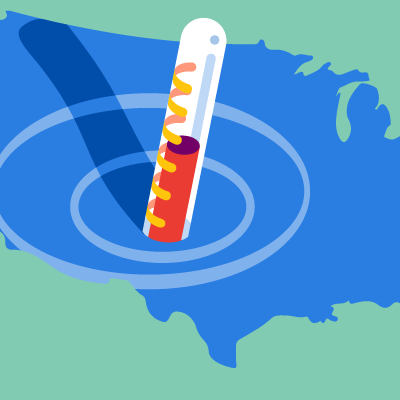The State of Florida wants a private flood insurance market. Toward that end, the well-known Florida Commission on Hurricane Loss Projection Methodology will start reviewing flood models in 2018. Like FEMA, it will stake a wide fence around the definition of flood because this peril has many causes.
Modeling of flood from sources such as storm surge,precipitation, and even storm-induced surge on lakes will be lumped together under one set of Flood Standards. For modelers like AIR with separate models, the submissions in 2018 will include both coastal surge and inland flood models.
The Florida Commission came into existence in 1995 in response to the insurance industry's growing reliance on catastrophe models for hurricane risk management. Its scope was expanded in 2014 to include creation of standards for and review of flood models to accommodate the desire to establish a private flood insurance market in Florida.
Working our way back from the first formal flood model reviews in 2018, we first need the standards that the Commission will hold models to. The Commission is required to complete these by July 1, 2017, but developing them is not a simple process.
In September 2014 the Commission established its Flood Standards Development Committee and tasked it with developing a complete set of "discussion standards" within one year. A first draft of Meteorological/Hydrological, Statistical and General Standards was created in six months. In the next several months the draft Vulnerability, Actuarial, and Computer Standards will be completed.
Each section of the Flood Standards corresponds to a different aspect of a flood model and its software housing:
- General Standards require the modeler to demonstrate and support the scope of the model and model changes from year-to-year, and have the necessary expertise to build these models
- Meteorological and Hydrological Standards encompass the data used in developing the models, parameters, and methodologies used to model the hazard and create the catalog, and the soundness of the resulting flood probability distributions
- Statistical Standards ensure that the models exhibit statistical soundness and respond well to sensitivity testing and uncertainty analyses
- Vulnerability Standards set expectations for developing damage functions for a structure's primary characteristics (construction, age, height, etc.) and its secondary features relating to mitigation of structures (first floor elevation, for example)
- Actuarial Standards test the model output from an actuarial perspective: do the losses make sense and show a logical relationship to the underlying exposure and risk
- Computer Standards ensure that the modeler adheres to established software development and quality assurance practices
During this process, the Commission is accepting input from all parties. AIR has taken a leading role among the modeling firms in light of our already existing inland flood model and our soon-to-be-released hydrodynamic storm surge model. With each new version of the draft standards, AIR's flood modeling scientists and regulatory specialists comb through and think, "What does this mean for our models, and how would we meet this Standard?"
Ultimately, modeling firms and the Commission are aiming for the same thing: robust catastrophe flood models that will serve the insurance industry and Florida policyholders. It is intense work, but at the end of each day-long Flood Standards Committee meeting, I take a deep breath and remind myself of the great quote from John Ruskin: "Quality is never an accident. It is always the result of intelligent effort."



